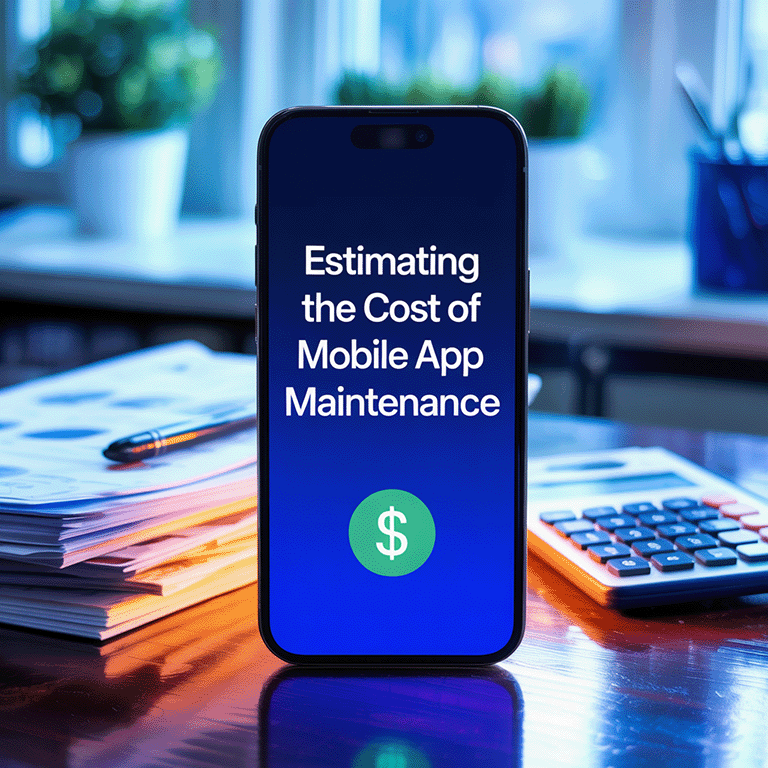Take this quick test:
- Is your company using AI in any area today?
- Do you have a plan for scaling AI beyond basic tasks?
- Are you aware that 78% of companies now use AI in at least one area, up from 72% earlier in 2024 and 55% a year before?
If you answered “no” to any of these, you may already be behind in the AI adoption curve. Businesses that delay risk losing to those that move fast. AI is no longer a futuristic tool. It’s shaping the competition right now.
Big firms are scaling AI to cut costs, improve speed, and increase competitive advantage. Even small businesses are using AI to start a business with smart automation. Waiting too long could mean higher costs, fewer skilled hires, and missed chances.
So, where do you stand in this race?
The AI Revolution: Why It’s Happening Now
AI adoption and integration is no longer limited to big tech. In 2024, 71% of companies were already using generative AI for at least one task. That’s a big jump from 65% earlier in the year.
Why is this happening?
- Faster Tech, Lower Costs – AI tools have become cheaper and easier to use. You don’t need deep tech skills anymore to adopt AI. AI adoption meaning is evolving, making it accessible to businesses of all sizes. AI early adopters are leveraging these advancements to stay ahead in competitive markets.
- Better AI Models – AI can now understand data, make decisions, and even create new ideas. The positives of AI include improved efficiency, smarter automation, and enhanced problem-solving. The adoption of AI will benefit organizations to achieve higher accuracy, faster decision-making, and greater innovation.
- Real Business Gains – AI boosts productivity, slashes costs, and improves accuracy. This makes AI adoption strategy a must-have for businesses looking to stay ahead. Understanding how to adopt AI effectively ensures long-term success. Companies that embrace the competitive advantage of using AI in business can streamline operations, enhance decision-making, and drive innovation.
Companies that are slow to embrace AI risk losing to those that integrate it early. The cost of waiting is rising every year.
What is AI Adoption?
AI adoption means how businesses bring AI into their work. It covers small steps like chatbots to full-scale AI-led operations. The adoption of AI can help firms scale, speed up work, and improve customer experiences.
AI adoption in small businesses is growing as they leverage automation for efficiency. Meanwhile, the AI adoption rate by industry varies, with tech and finance leading the way.
But there’s more.
AI is also reshaping jobs. By 2025, AI will remove 85 million jobs but create 97 million new roles, giving a net gain of 12 million jobs. This means companies must rethink training, hiring, and skills.
Early AI adoption gives businesses a strong competitive edge, helping them innovate faster and stay ahead. Many companies are already leveraging top AI tools for business to enhance efficiency and decision-making.

Types of AI Adoption in Business
- Operational AI – AI in logistics, supply chain, and automation. Example: AI in warehouses for better inventory management.
- Customer-Facing AI – Chatbots, AI-powered sales assistants, and virtual shopping helpers. Example: AI-powered customer support.
- Analytical AI – AI tools that predict trends and help in decision-making. Example: AI in finance for fraud detection.
- Creative AI – AI tools for writing, design, and video creation. Example: AI-generated marketing content.
AI Adoption Spectrum
Companies fall into different categories when it comes to AI. Here’s where businesses stand on the AI adoption curve:
| AI Level | Description | Example |
| Minimal Adoption | AI is used for small tasks like email sorting or chatbots. | A small retailer using AI to recommend products. |
| Moderate Adoption | AI is used in several processes but is not fully integrated. | A finance firm using AI for fraud detection but still relying on manual checks. |
| Full AI Integration | AI runs most of the business, from operations to customer service. | A logistics company using AI for route planning, warehouse automation, and chatbot customer support. |
AI is not just about automation—it is also driving sustainable business models. Companies focusing on long-term growth are exploring the role of AI in sustainable business practices to optimize resources and reduce environmental impact.
The First-Mover Benefits of AI in Business
Companies that start using AI early gain a strong lead. AI is expected to add $15.7 trillion to the global economy by 2030. This means firms that invest now will have a big edge. AI adoption in business helps firms grow faster, lower costs, and improve service. Those who delay will struggle to keep up.
Innovation Leadership
Early adopters of AI shape their industries. They set trends, improve services, and force competitors to catch up. Netflix built its success on an AI-driven recommendation system, setting the standard for streaming services.
Data Accumulation & Learning Curve
AI needs data to work well. The more data it processes, the smarter it gets. A company that starts early will have a huge advantage over those that wait. Tesla’s self-driving cars improve every day because they collect and analyze data faster than competitors. Companies that focus on AI adoption rate gain a lead, leveraging AI capabilities adoption to enhance automation, efficiency, and decision-making faster than others.
Operational Efficiency & Cost Savings
AI automates tasks, cutting costs and boosting speed. In AI adoption in manufacturing, firms use AI for quality checks, reducing waste and improving output. AI could be made more efficient and help businesses gain a competitive advantage.
Customer Experience Enhancement
AI-driven personalization makes customers feel valued. AI chatbots, smart recommendations, and predictive service improve loyalty and sales. The benefits of AI in business include smoother, faster customer service with fewer errors.
Businesses that embrace AI early often unlock new revenue streams and innovative opportunities. Many of the best AI business ideas are built on early AI adoption, giving startups and enterprises a first-mover advantage.

Risks of Late Adoption
Waiting too long to adopt AI can be costly. Firms that lag behind struggle to stay relevant.
- Falling behind competitors who use AI to speed up work and improve innovation.
- Higher costs of implementation when AI becomes mainstream.
- Missed opportunities in AI adoption trends and data-driven insights.
- Difficulty in attracting top AI talent in a competitive market.
- Reduced efficiency while others scale up with AI-powered automation.
- Struggles with outdated systems that don’t integrate with AI.
- Losing market share to early adopters of AI that build long-term AI expertise.
As industries evolve, companies integrating AI into their strategy now will be better positioned for future success. Those exploring AI-driven transformation are already investing in AI in sustainable business practices to balance growth with long-term responsibility.
Real-World Examples of Early AI Adoption Success
Companies that embraced AI early have reaped significant benefits. From AI adoption in business to customer service automation, these pioneers have set new standards.
They didn’t wait for AI to become mainstream; they took action early and now lead their industries. Meanwhile, companies that delayed AI adoption struggled with higher costs and lost market share.
Let’s look at a few success stories.
JPMorgan Chase’s AI in Fraud Detection (2024)
JPMorgan Chase improved its fraud detection using AI. The system reduced false positives and improved accuracy. This AI adoption strategy protected the bank and made fraud detection much faster.
Commonwealth Bank’s AI-Powered Customer Service (2025)
Commonwealth Bank launched AI-powered messaging and live chat services. These systems handled 50,000 daily customer inquiries. AI automated simple tasks, letting staff focus on complex issues. This improved customer service and business efficiency.
Some firms thrived because they adopted AI early. Others struggled because they waited too long. AI adoption-lag industries often find it hard to catch up.
How to Get Started with AI Adoption
Companies must start using AI now to stay ahead. AI adoption metrics show that firms with AI see higher profits and efficiency.
- Assess Business Needs – Find out where AI can help most.
- Start Small, Scale Gradually – Test AI tools like chatbots and automation first.
- Partner with AI Experts – Work with AI software firms to get the best results.
- Foster an AI-First Culture – Encourage teams to see AI as a tool for growth.
The Time to Act is Now
AI is changing how businesses work. Firms that act now will lead, while those that wait will struggle. AI adoption across industries is growing fast, and the best time to start is today.
Want to see how AI can help your business? Contact LITSLINK for expert AI solutions.





